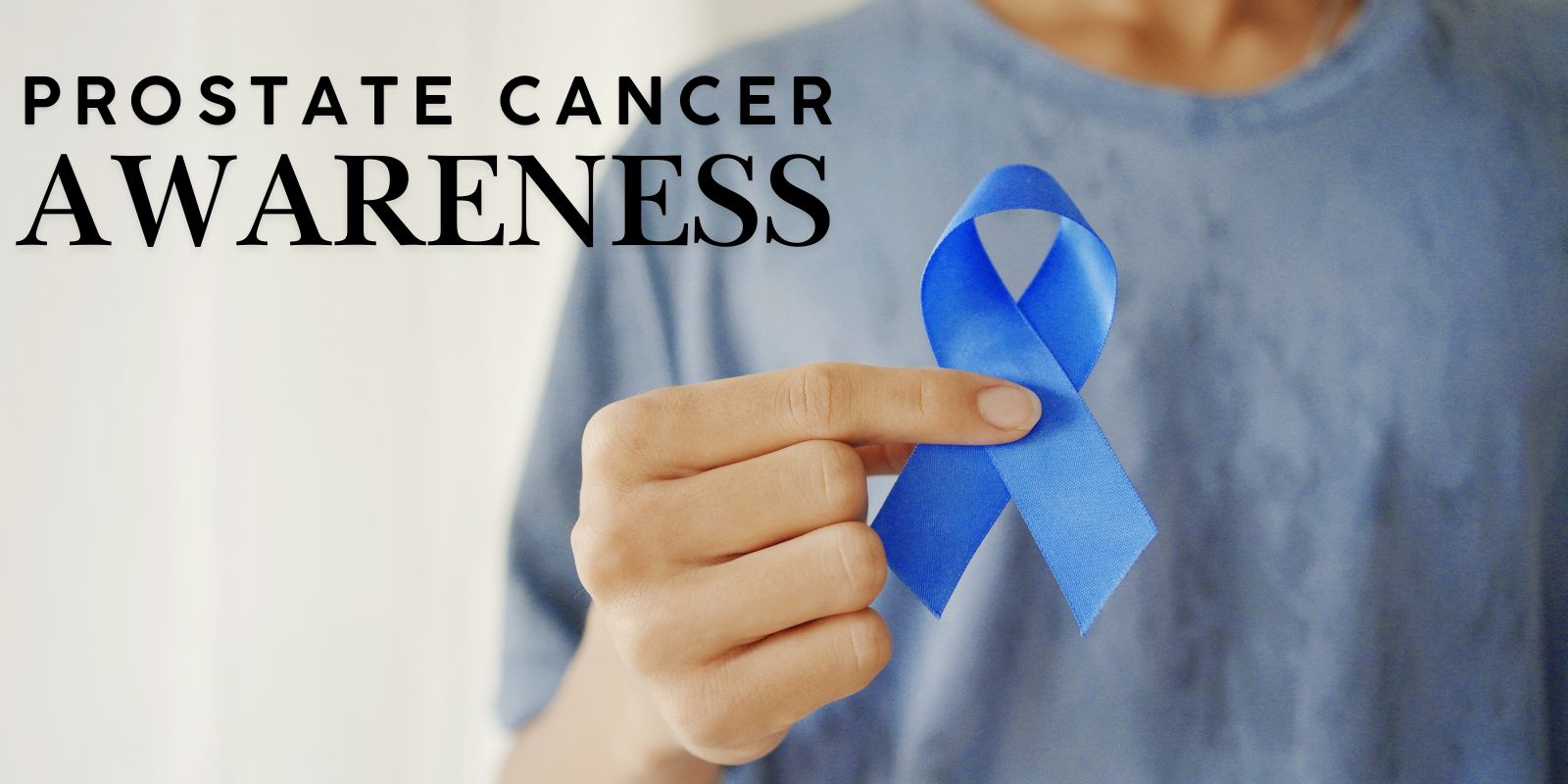Prostate Cancer Awareness Month: Early Checks, Real Talk, Better Outcomes
September shines a spotlight on men’s health through Prostate Cancer Awareness Month. It’s a time to push past silence and share knowledge that saves lives.
Table of Contents – Prostate Cancer Awareness Month
- What Prostate Cancer Awareness Month Is Really About
- Subtle Signs: Symptoms You Shouldn’t Ignore
- Beyond Cancer: Prostate Conditions That Affect Daily Life
- How Prostate Toys Can Support Health, Comfort, and Confidence
- Awareness in Action: Campaigns and Community
- Key Takeaways
- FAQ
What Prostate Cancer Awareness Month Is Really About
September’s Prostate Cancer Awareness Month is less about ribbons and more about outcomes. It’s a focused push to normalise conversations that many men still avoid—testing, treatment options, and how prostate issues intersect with intimacy and quality of life. In Australia, thousands receive a diagnosis each year. Some cancers grow slowly, others are aggressive; the earlier they’re found, the more options men have.
Because early-stage disease can be silent, routine checks matter. Talk to your GP about your personal risk, family history, and whether a PSA blood test and follow-up assessment are right for you. Campaigns led by organisations like Cancer Council Australia keep this message front and centre: don’t wait for symptoms to respect your health.
Subtle Signs: Symptoms You Shouldn’t Ignore
Prostate problems often creep in, then suddenly feel impossible to ignore. Watch for: a weaker urine stream, difficulty starting or stopping, frequent night-time urination, pelvic or lower-back discomfort, pain with ejaculation, or blood in urine or semen. None of these automatically mean cancer—but they do mean “book the appointment.”
It’s also common for men to minimise changes because they’re intermittent. Don’t. Awareness Month is your reminder: changes in urination, erections, or pelvic comfort are health signals, not personal failings. A straightforward GP visit can rule out serious causes or move you quickly toward support.
Beyond Cancer: Prostate Conditions That Affect Daily Life
Not everything is cancer, and yet non-cancer conditions can upend confidence and connection. Benign prostatic hyperplasia (BPH) can enlarge the gland and make bathroom trips relentless. Prostatitis—inflammation that may be bacterial or non-bacterial—can cause aching, pressure, and painful arousal. These issues also ripple into sexual function: difficulties with erections, reduced libido, or pain with climax are common and treatable.
Bringing intimacy into the conversation matters. Our overview on prostate-related erection problems makes the point plainly: sexual side effects are medical issues, not moral ones. Addressing them early improves mood, relationships, and day-to-day life.
How Prostate Toys Can Support Health, Comfort, and Confidence
Pleasure products aren’t a cure or a screening tool, but they can play a meaningful supporting role in prostate wellness when used thoughtfully. This is where sexual health overlaps with body literacy—learning your own signals, easing tension, and improving comfort.
Why stimulation helps: Gentle prostate massage can increase local blood flow, potentially relax overactive pelvic floor muscles, and help some men with discomfort related to chronic prostatitis or pelvic floor tension. It may also support erectile function indirectly by reducing pain and anxiety that interfere with arousal. See our practical Prostate Massage Guide for technique and safety foundations.
Choosing a safe beginner toy: Start small and curved, with a defined base. Body-safe silicone is ideal for comfort and hygiene. Non-vibrating massagers let you learn pressure and angle without sensory overload; vibrating models can add soothing, muscle-relaxing buzz once you’re comfortable with placement.
- Shape & size: A slim, tapered tip eases entry; a gentle curve targets the prostate; a narrow neck and flared base keep it secure.
- Materials: Medical-grade silicone is non-porous and easy to clean. Avoid unknown “jelly” materials.
- Lube: Always use plenty of water-based lubricant; reapply as needed.
- Comfort first: If you feel sharp pain, stop. Pressure should be “stretchy” or “full,” not stabbing.
Simple technique to get started: Warm up externally with lube and slow circles around the anus to relax the sphincter. Insert the toy on an exhale, a little at a time. Once seated, experiment with tiny tilts or pulses toward the belly button—this teases the prostate without brute force. If you add vibration, start low and let the pelvic floor un-clench before increasing intensity.

Hygiene & care
Wash toys before and after use with warm water and a toy cleaner or mild soap. Let them dry completely, and store separately. If you’re sharing, use a condom over the toy and switch to a fresh one for different partners or orifices.
Important cautions: Toys do not prevent or treat cancer. Avoid prostate massage during acute infection, unexplained fever, severe pain, active rectal bleeding, or immediately after pelvic surgery. If you have a current or prior prostate cancer diagnosis, check with your specialist before starting any massage routine; some clinical contexts advise against it. When in doubt, ask your GP first.
Why this belongs in Awareness Month: Men often only meet their prostate in a clinical context—scans, biopsies, side effects. Safe, consensual exploration can reduce fear, make it easier to notice changes early, and keep intimacy on the table during stressful times. Wellness isn’t either/or; it’s the medical and the meaningful.
Myth check: “Pregnancy tests for men” aren’t a prostate screening tool. They can sometimes detect hCG linked to certain testicular cancers, but they’re not appropriate or reliable for prostate concerns. If something feels off, skip gimmicks and talk to your GP. More in our explainer: Pregnancy Tests for Men.
Awareness in Action: Campaigns and Community
Visibility saves lives. Community events make the topic impossible to ignore and easier to discuss. In September, you’ll see national efforts like Turning Australia Blue—from blue landmarks to local fundraisers—alongside Cancer Council Australia’s education drives. They’re not just photo ops; they raise funds for research, connect men with services, and normalise asking for help.
In LGBTQ+ communities, where stigma around men’s health can run deep, public campaigns are especially powerful. The message is simple and universal: book the check, bring a mate, and keep sex-positive, body-positive conversations alive all year.
Key Takeaways
- Early-stage prostate cancer can be symptom-free—proactive checks matter.
- Non-cancer conditions (BPH, prostatitis) can strongly affect intimacy and mood—and they’re treatable.
- Prostate toys can support comfort, body awareness, and pelvic relaxation when used safely (they are not screening or treatment).
- Choose body-safe materials, go slow, use water-based lube, and pause for pain.
- Campaigns like Turning Australia Blue keep men connected to services, information, and community support.
FAQ – Prostate Cancer Awareness Month
Does prostate massage prevent cancer?
No. It may help some men with comfort and pelvic relaxation, but it isn’t prevention or treatment. Always discuss screening with your GP.
When should I talk to a doctor about tests?
Discuss checks from around age 50—or earlier with family history, symptoms, or elevated risk. Your GP will tailor recommendations to you.
Are vibrating toys better than non-vibrating?
Different tools suit different goals. Non-vibrating is great for learning angle and pressure; vibration can help relax muscles and ease tension. Many men use both at different times.
What lube should I use for prostate play?
Water-based lube keeps silicone toys safe and is easy to clean. Use plenty and reapply. Avoid numbing products; you need feedback from your body.
Is prostate play safe if I’ve had treatment?
It depends. After surgery, during radiation, or with active inflammation, massage may be contraindicated. Get clearance from your treating team first.

Meet PJ Weir, former Gay Exchange stalwart and gay rights advocate. Now caring for his mother in Queensland, he reflects on a decade of LGBTQ+ activism.








Leave a Reply